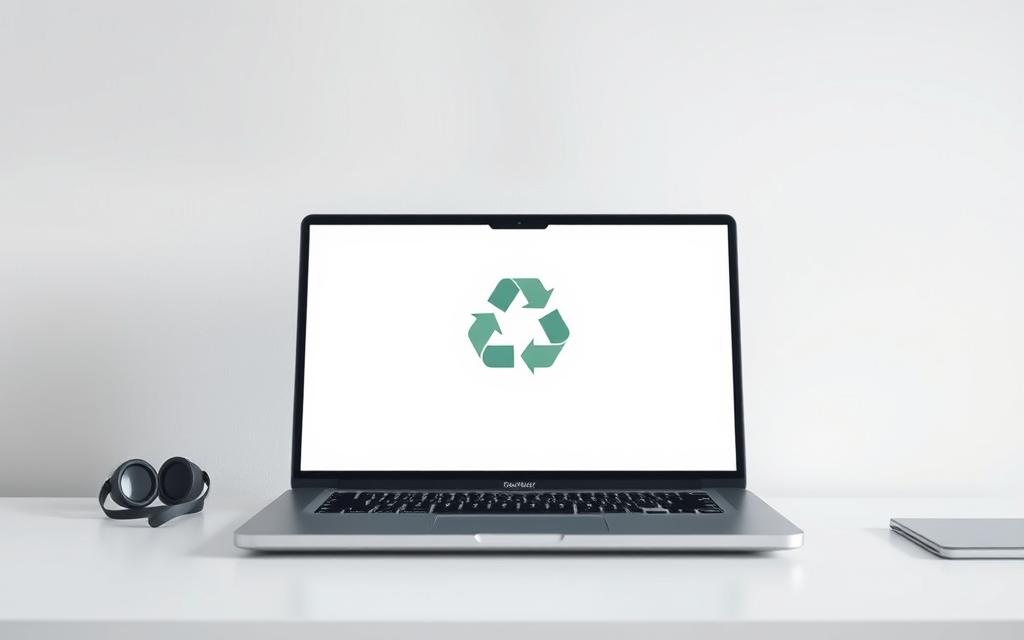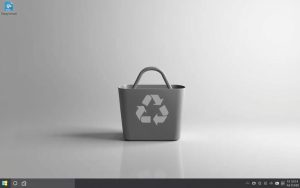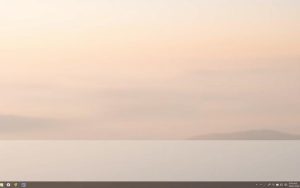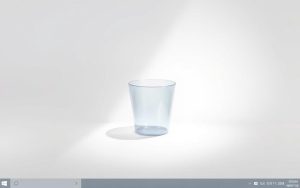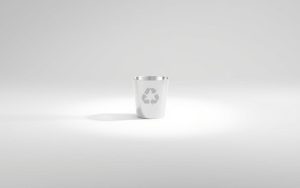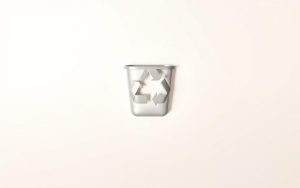Table of Contents
The Recycle Bin is a core feature of Windows operating systems, acting as temporary storage for deleted files. It allows users to recover items if needed, making it a valuable tool for managing data. However, some users prefer a cleaner desktop interface, free from unnecessary icons.
There are multiple methods to remove the Recycle Bin icon from your desktop. These include using Windows Settings, the Registry Editor, or the Group Policy Editor. Each method is compatible with various Windows versions, including Windows 11, 10, 8, and 7.
Hiding the icon does not delete the Recycle Bin or its functionality. You can still access it through File Explorer or other means. For those who value organization, this customization offers a streamlined workspace without losing essential features.
If you’re interested in advanced options, check out our detailed guide on removing the Recycle Bin icon. This resource provides step-by-step instructions tailored to your needs.
Understanding the Recycling Bin and Why You Might Want to Hide It
A core feature of Windows, the Recycle Bin ensures file recovery is possible. It acts as a protected system folder, storing deleted items temporarily. Located in the top-left corner of the desktop, it provides a safety net for accidental deletions.
The Recycle Bin manages storage efficiently, allocating 10-15% of your computer’s space. Once this limit is reached, older files are purged automatically. This mechanism ensures your system remains functional without manual intervention.
What is the Recycle Bin?
Introduced in early Windows versions, the Recycle Bin revolutionized file management. Unlike macOS’s Trash, it offers a percentage-based storage model. Users can access it through File Explorer or the Search function, ensuring flexibility.
Why Hide the Recycle Bin Icon?
Many users prefer a minimalist desktop for aesthetic reasons. Removing the icon reduces visual clutter, creating a cleaner workspace. For shared or public devices, hiding the Recycle Bin can enhance security by limiting access to deleted files.
Studies show that the average desktop contains numerous icons, which can overwhelm users. By customizing your workspace, you can improve focus and productivity. Hiding the Recycle Bin doesn’t delete it—functionality remains intact through alternative navigation methods.
How to Hide the Recycling Bin Using Windows Settings
Streamlining your workspace starts with adjusting desktop icon settings. This process is straightforward and works across various Windows versions. Whether you’re using Windows 10 or 11, the steps are similar, with minor interface differences.
![]()
Accessing Personalization Settings
Begin by opening the start menu and typing “Settings” in the search bar. Alternatively, press Win+I for quick access. Navigate to the “Personalization” section, where you’ll find options for themes, backgrounds, and icons.
Modifying Desktop Icon Settings
Within the Personalization menu, select “Themes” and click on “Desktop icon settings.” A new window will appear, displaying checkboxes for system icons. To remove the icon, simply uncheck recycle bin and click “Apply.”
Applying Changes and Verification
After making adjustments, refresh your desktop to see the changes. If the icon remains, ensure you have the necessary permissions. For dual-monitor setups, repeat the process on each screen. Restarting your system is rarely required but can resolve persistent issues.
| Feature | Windows 10 | Windows 11 |
|---|---|---|
| Settings Access | Start Menu > Settings | Start Menu > Settings |
| Desktop Icon Settings | Themes > Desktop Icon Settings | Personalization > Themes > Desktop Icon Settings |
| Keyboard Shortcut | Win+I | Win+I |
By following these steps, you can achieve a cleaner desktop layout without losing functionality. For advanced users, the Run command desk.cpl,,5 offers a faster alternative to access desktop icon settings.
Alternative Methods to Hide the Recycling Bin
Customizing your desktop further involves advanced tools like the Registry Editor and Group Policy Editor. These methods provide granular control over system settings, allowing you to tailor your workspace to your preferences.
Using the Registry Editor
The Registry Editor is a powerful tool for modifying Windows configurations. To remove the icon, navigate to the key path: HKEY_LOCAL_MACHINE\SOFTWARE\Microsoft\Windows\CurrentVersion\Explorer\Desktop\NameSpace. Always back up the registry before making changes to avoid system issues.
For version-specific syntax, Windows 11 and 10 use similar commands, while Windows 7 may require adjustments. Tools like PowerShell’s Remove-Item command can automate this process, ensuring consistency across devices.
Using the Group Policy Editor
The Group Policy Editor is ideal for enterprise environments. Available in Windows Pro and Enterprise editions, it allows administrators to enforce settings across multiple devices. Navigate to User Configuration > Administrative Templates > Desktop to hide the icon.
Deploying these changes via Group Policy Objects (GPO) ensures uniformity in large networks. Audit logging and permission escalation are critical for maintaining security and compliance.
| Feature | Registry Editor | Group Policy Editor |
|---|---|---|
| Access | Advanced users | Administrators |
| Compatibility | All Windows versions | Windows Pro/Enterprise |
| Deployment | Manual or scripts | GPO for networks |
Both methods offer a way to achieve a cleaner desktop. While the Registry Editor provides flexibility, the Group Policy Editor excels in scalability and control. Choose the approach that best suits your needs.
Conclusion
Customizing your desktop by removing the Recycle Bin icon can enhance both aesthetics and functionality. Whether you use Windows Settings, the Registry Editor, or the Group Policy Editor, each method offers a unique approach tailored to different user expertise levels.
For beginners, adjusting settings is the simplest way to achieve a cleaner workspace. Advanced users may prefer the flexibility of the Registry Editor or the scalability of the Group Policy Editor. All methods are compatible with various Windows versions, ensuring broad applicability.
Restoring the icon is straightforward, allowing you to reverse your decision if needed. This customization has no significant performance impact, making it a safe choice for optimizing your desktop.
For further customization tips, explore our detailed guide on tidy desktop solutions. Streamline your workspace today and enjoy a more organized digital environment.
FAQ
What is the Recycling Bin?
The Recycling Bin is a system folder in Windows that temporarily stores deleted files. It allows users to restore items if needed before permanent removal.
Why would someone want to hide the Recycling Bin icon?
Users often hide the Recycling Bin icon to maintain a clean desktop, reduce clutter, or align with minimalist desktop themes.
How can I hide the Recycling Bin using Windows settings?
Open Personalization Settings via the right-click menu on the desktop. Navigate to Themes and select Desktop Icon Settings. Uncheck the Recycle Bin option and apply the changes.
Are there alternative methods to hide the Recycling Bin?
Yes, you can use the Registry Editor or Group Policy Editor to modify system settings and hide the Recycling Bin icon.
Can I restore the Recycling Bin icon after hiding it?
Absolutely. Revisit Desktop Icon Settings in the Personalization menu and recheck the Recycle Bin option to restore it.
Is it safe to use the Registry Editor to hide the Recycling Bin?
Using the Registry Editor is safe if done carefully. Always back up the registry before making changes to avoid unintended system issues.


